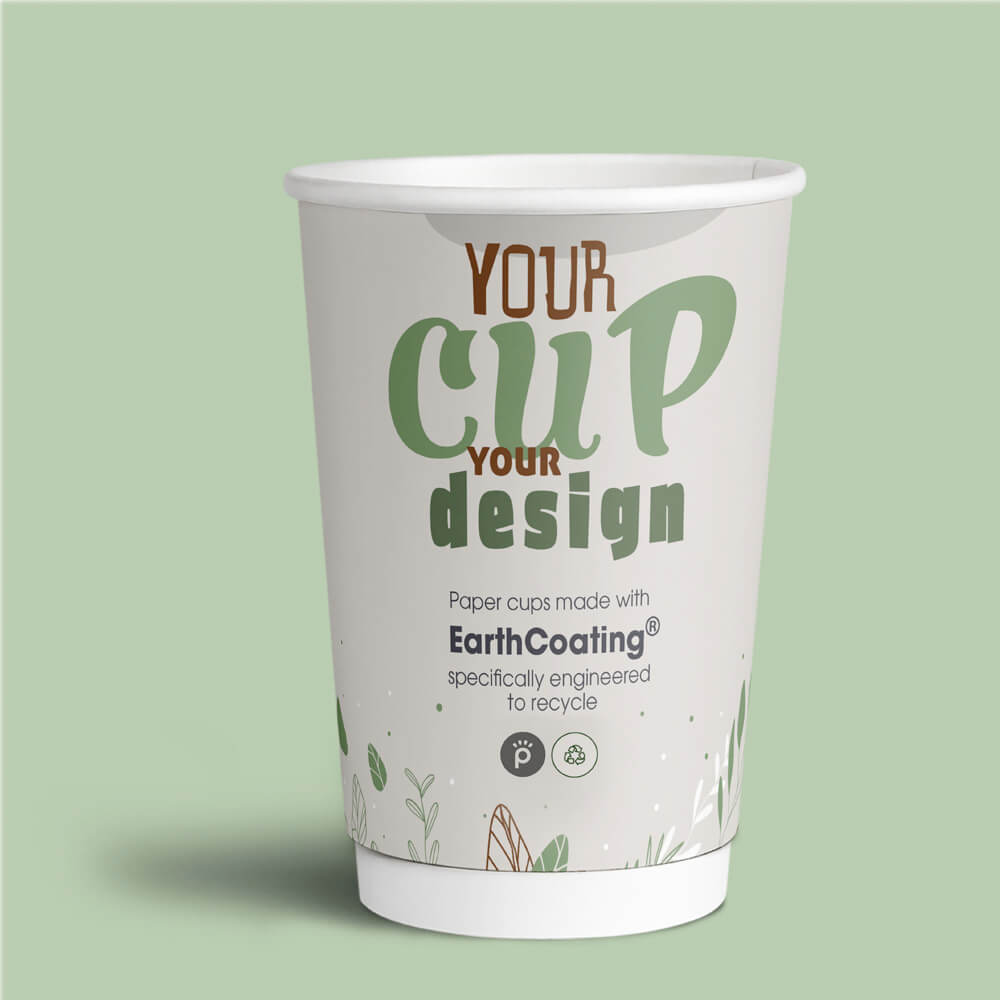The Art of Folded Flyer Design Creating Impactful Marketing Tools
In the realm of marketing, effective communication is key. One of the most versatile and cost-effective tools available to businesses for conveying messages is the folded flyer. This little piece of printed material can carry a wealth of information while captivating the audience's attention. Understanding the intricacies of folded flyer design is essential for creating impactful marketing tools that can successfully convey your message and promote your brand.
Understanding Folded Flyers
Folded flyers come in various sizes and styles, making them a flexible option for different marketing needs. Common types include bi-fold, tri-fold, and z-fold flyers. Each design allows for a unique structure that can showcase information effectively. The choice of fold can significantly impact how the information is presented and consumed by the audience. For example, a tri-fold flyer naturally creates six panels to work with, providing ample space for images, text, and branding elements.
Key Elements of Effective Folded Flyer Design
1. Clear Objectives Before diving into design, it's critical to determine the flyer’s purpose. Are you promoting an event, introducing a new product, or providing information about your services? Having a clear objective will guide the layout, messaging, and imagery throughout the design process.
2. Compelling Headlines The first thing that catches a reader's eye is the headline. It needs to be catchy and informative, drawing the reader into the content. Utilizing bold typography can help your headline stand out against other elements, piquing curiosity and encouraging further exploration of the flyer.
3. Hierarchy of Information Folded flyers are limited spaces, so organizing content in a clear hierarchy is necessary. Start with the most important information at the front, and follow with supporting details and calls to action. Strategic use of headings, bullet points, and visuals will help guide readers through the content seamlessly.
folded flyer design

4. Engaging Imagery Visual elements play a crucial role in folded flyer design. High-quality images or graphics can enhance appeal and convey messages faster than text alone. Ensure that images are relevant and support the overall theme and objectives of the flyer. Additionally, maintaining a harmonious color palette can strengthen your brand’s identity.
5. Branding Consistency Your folded flyer should reflect your brand’s identity. Consistent use of colors, fonts, and logos reinforces brand recognition. It’s essential that the design aligns with other marketing materials, ensuring that your audience can quickly associate the flyer with your brand.
6. Call to Action A well-designed flyer must include a clear call to action (CTA), encouraging the reader to engage with your brand further. Whether it’s visiting a website, attending an event, or contacting for more information, your CTA should be prominently displayed and easy to understand.
Choosing the Right Material
Another important consideration in folded flyer design is the choice of paper stock. Thicker paper often conveys quality and professionalism, while glossy finishes can make images pop. Depending on the intended use—whether for a high-profile(event or casual handouts—selecting appropriate materials can elevate the overall impression of your flyer.
Conclusion
In conclusion, folded flyer design is an art that combines creativity, strategy, and branding elements into a cohesive marketing tool. By understanding the essential components—clear objectives, compelling headlines, effective information hierarchy, engaging imagery, branding consistency, and impactful CTAs—marketers can create folded flyers that resonate with their audience and drive engagement. As a promotional piece, folded flyers can make a lasting impression, ensuring that your message not only reaches its intended audience but also remains memorable.



